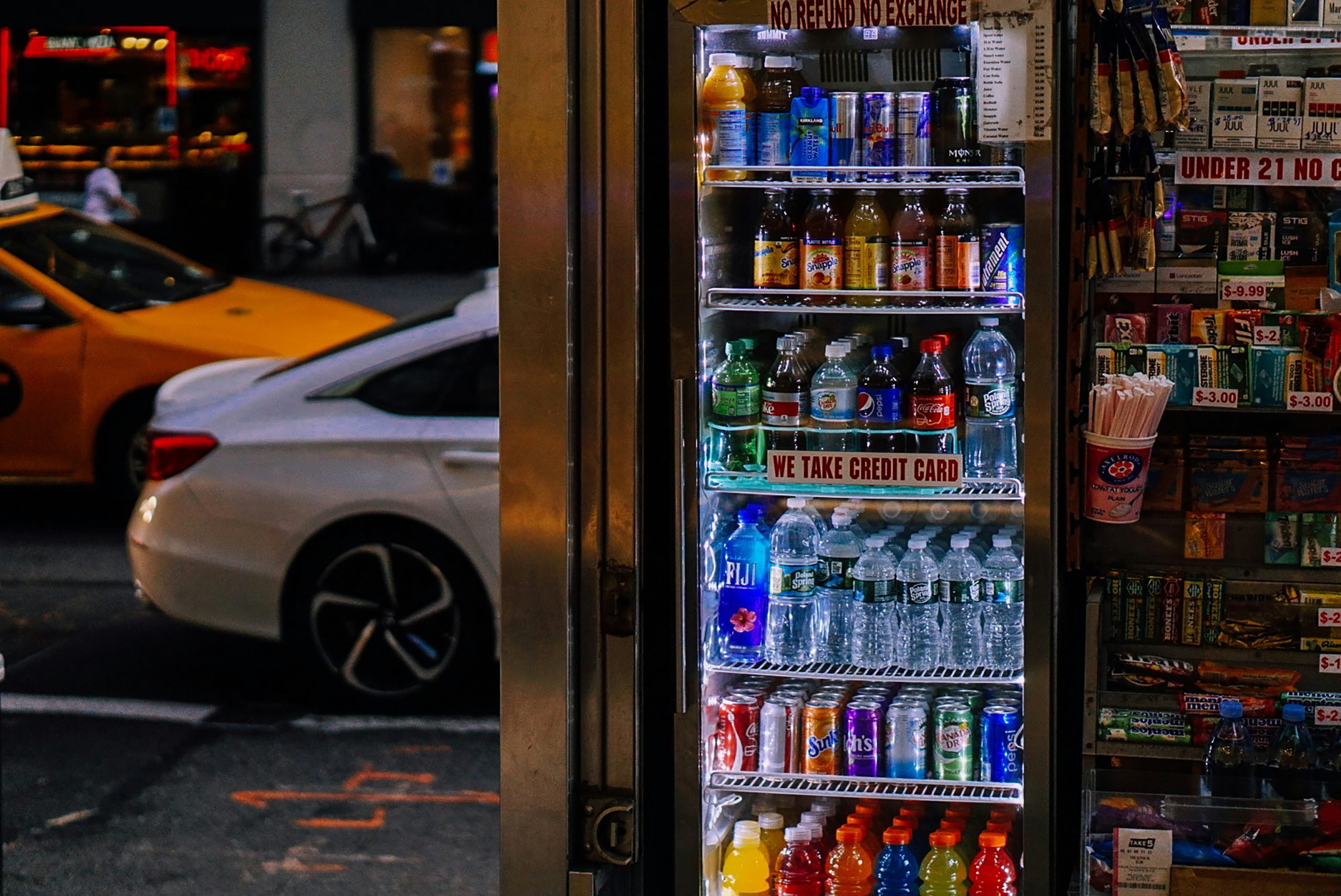
Vending machines are everywhere—from office lobbies to gyms and even schools. Behind every machine is a profitable business opportunity waiting to be unlocked. If you’ve been thinking about starting your own vending machine business but aren’t sure where to begin, this guide is for you. We’ll cover everything you need to know, from choosing the right machine to securing the perfect location.
Whether you’re aiming to earn passive income or establish a full-scale business, knowing how to setup vending machine business offers flexibility, scalability, and low startup costs. Read on to learn how to tap into this lucrative industry.
Why Start a Vending Machine Business?
Before you jump into setting up your vending business, it’s worth considering why it’s such an appealing opportunity. Here are some popular reasons entrepreneurs are drawn to vending machines:
- Passive Income: Once set up, machines operate with minimal effort, providing income while you focus on other things.
- Low Startup Costs: Comparatively, vending businesses require less capital compared to other ventures. Machines and initial inventory are usually the bulk of your investment.
- Flexible Schedule: Running this business doesn’t require full-time attention. You can manage it as a side hustle while working another job.
- Scalability: Start small with a single machine and scale up as profits grow. The model allows for gradual expansion.
Vending machines are versatile, offering a wide variety of products ranging from snacks, beverages, personal care items, and even electronics. Now, let’s get into the steps to start your vending empire.
Step 1: Research the Market
The first step in setting up your business is understanding the market. Research is key to making informed decisions about what products to sell, where to place your machine, and who your target customers are.
Identify Your Niche
Ask yourself:
- Are you targeting office workers, gym-goers, students, or travelers?
- Will your machine sell snacks, healthy foods, coffee, or non-food items?
For instance, health-conscious customers may prefer granola bars and smoothies, while office workers might look for quick coffee or energy boosters. Picking a niche allows you to tailor your inventory and locations for maximum profitability.
Analyze Competitors
Scope out competitors in your chosen locations. Are there vending machines nearby? If so:
- What do they sell?
- Are there any gaps in the type of products offered?
This analysis helps identify opportunities to offer something unique or better.
Check Local Regulations
Every state or city has its own set of rules for vending businesses. Look into:
- Permits and licensing requirements.
- Health and safety codes, especially if you are selling food or beverages.
Better to tackle these legal considerations upfront to avoid issues later.
Step 2: Choose the Right Vending Machine
Not all vending machines are created equal. Depending on your chosen niche and budget, select from the following types of machines:
- Snack Machines: Dispense chips, candy, and other pre-packaged goods.
- Drink Machines: Perfect for sodas, juices, and water bottles.
- Combo Machines: A hybrid option that combines snacks and drinks.
- Specialty Machines: Dispense niche items like coffee, fresh food, or personal care items.
New vs. Used Machines
New machines come with warranties and modern payment systems (e.g., credit card or contactless options). However, they can be pricey. Used machines are cheaper, but make sure they are in good working condition before purchase.
Smart Features
Modern vending machines offer advanced features like inventory tracking and sales reporting. These make it easier to run your operation efficiently, even with multiple machines.
Step 3: Secure the Perfect Location
A vending machine is only as profitable as its location. Take the time to lock in high-traffic locations that match your target audience.
Great Location Ideas:
- Office buildings
- Apartment complexes
- Schools and colleges
- Hospitals and clinics
- Gyms and fitness centers
- Transportation hubs (e.g., train stations, bus terminals)
Negotiate Placement
Many locations will require a rental fee or profit-sharing agreement (e.g., 10-15% of sales). Build a win-win proposal that highlights how your vending machine benefits the location—for example, by providing convenience to employees or customers.
Step 4: Stock Your Machine
Fill your machine with the right mix of products based on consumer demand and your niche. Diversify your offerings to attract more customers.
Tips for Stocking Products
- Consider Shelf Life: Ensure all items have adequate expiration dates.
- Healthy Options: Include options like granola bars, trail mix, or cucumber water, often preferred these days.
- Keep an Eye on Trends: Stock trendy items like plant-based snacks or low-sugar beverages.
- Conduct Surveys: If possible, survey potential customers about their preferences before stocking your machine.
Remember that the right pricing strategy is just as important as the product itself. Set prices to strike a balance between affordability and profitability.
Step 5: Manage and Maintain Your Machines
Simply placing your vending machine in a great location isn’t enough. Regular management ensures sustained profitability and customer satisfaction.
Maintenance Checklist
- Restock weekly (or as needed) to keep items available.
- Clean the machine to maintain hygiene and make it visually appealing.
- Test all payment systems periodically to avoid transaction issues.
- Check for repairs as necessary to prevent downtime.
Modern vending machines with remote inventory management can notify you when items are running low or when there’s an issue, saving you time and effort.
Step 6: Scale Your Business
Once your first vending machine becomes successful, think about expanding. Start small and add machines in similar types of locations, using data from your first success.
Pro Tips for Scaling
- Track Performance: Pay attention to which products are doing well, and stock more of them in your future machines.
- Upgrade Inventory: Add options based on customer feedback or seasonal trends.
- Expand Your Reach: Partner with local businesses or schools to place machines in new areas.
Scalability is where vending machines truly shine. It’s easy to replicate your winning formula across multiple locations.
Final Thoughts on Starting a Vending Machine Business
Setting up a vending machine business is an accessible way to achieve financial independence or earn passive income. By doing thorough research, investing in the right equipment, and choosing high-traffic locations, you can build a thriving business.
The key is starting small and learning as you go. Test different approaches, refine your strategy, and focus on providing value to your customers.
If you’re ready to take the plunge but need help deciding on equipment or placement strategies, consult industry experts or connect with vending machine communities online. Success awaits!
Related Blog



